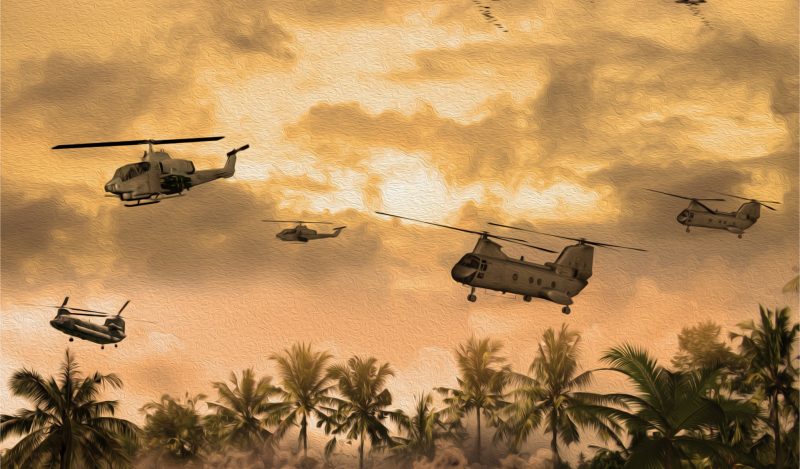Mark Oshinkskie: Brownstone Institute.
The Vietnam War inflicted great pain: 58,220 Americans—average age, 23— were killed, along with over one million Vietnamese soldiers and civilians. Nightly TV news displayed relentless airborne bombings, exploding artillery, fierce firefights and scrolling names of those killed, along with their hometowns, over a sombre, drum-heavy soundtrack. Many survivors sustained physical and mental trauma that afflicted them for life. On the home front, the War created a deep social rift: people either strongly supported the War or vehemently opposed it. The two factions deeply disliked each other and wore tribe-signifying garb.
The Coronavirus response has resembled the Vietnam War.
To begin with, the justifications for starting the War and the Lockdowns were similarly questionable. After provoking North Vietnam at sea and claiming, without basis, that North Vietnam had fired on a small American vessel, LBJ jawboned Congress into passing the Tonkin Resolution, giving him broad authority to wage war without Congressional interference. The Red-Scared majority of 1965 Americans supported ensuing, exponential troop escalations.
Lockdowns were ostensibly only a two-week Presidentially-decreed Emergency designed to prevent the masses from overrunning hospitals.
Most fearful Americans naively supported this strategy. Yet, the lockdowns that many governors issued on the heels of the federal declaration lasted in various forms and states for well over a year, despite that nearly all hospitals had so much excess capacity even during the first few weeks that they needed billions in federal aid to stay solvent. States that locked down the longest and hardest, like New York and New Jersey, had the highest death tolls.
As did LBJ, Lockdown governors used the Corona Scare to unilaterally impose many other arbitrary, unconstitutional edicts, including not only lockdowns but mask, testing and “ vaccine” (“LMTV”) requirements.
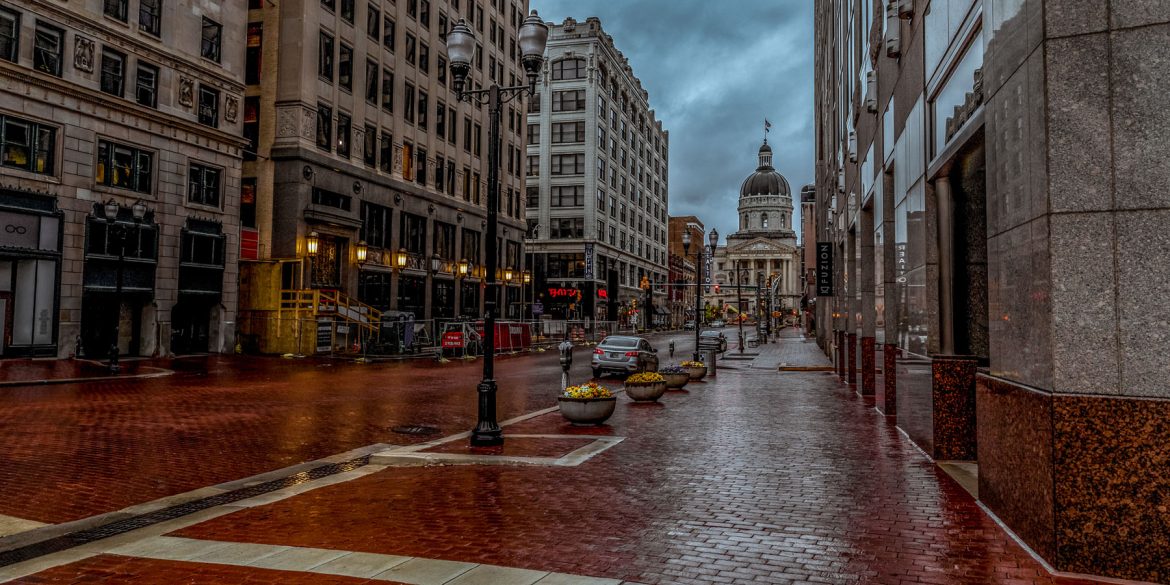
Further, both during the Vietnam War and during Coronamania, the stated mission was changed after intervention began. Initially, America sent a few “advisors” to help South Vietnam quell active unrest. Thereafter, American involvement quickly evolved into a quest to prevent Vietnam from falling, like a domino, into a multinational Communist empire that might conquer the United States.
This irrational, metaphorically-driven scenario never materialized. Tiny Vietnam was 8000 miles from California. An Atlantic assault had no chance of success; my Pennsylvania Deer Hunter cousins, and millions of others, were better armed than the Mujahadeen. Besides, the Communist Bloc was deeply divided; by the late 1980s, most Communist nations had abandoned Marxism.
The Lockdowns were initially sold to the public as a way to “flatten the curve.” After the curve flattened, and without allowing the public to discuss whether or not it agreed to move the goalposts, government and media sloganeers shiftily recharacterized the mission as “stopping the spread” and then “crushing the virus.” Yet, like Vietcong soldiers who raided repeatedly and stealthily before disappearing into jungles, villages or even tunnels, how do you extirpate a virus?
Pursuing these unrealistic, intensified objectives caused both the Vietnam War and the Lockdowns to last far longer than governments had suggested in their original rollouts. The War escalated for four years and continued, in attenuated form, for four additional years, as politicians tried to save face at home and internationally. Similarly, while the Corona interventions were initially broad and deep, restrictions were haltingly and desultorily lifted. As with Nam, the slow pace of Corona changes reflected political efforts to save face, given the folly of the overall enterprise.
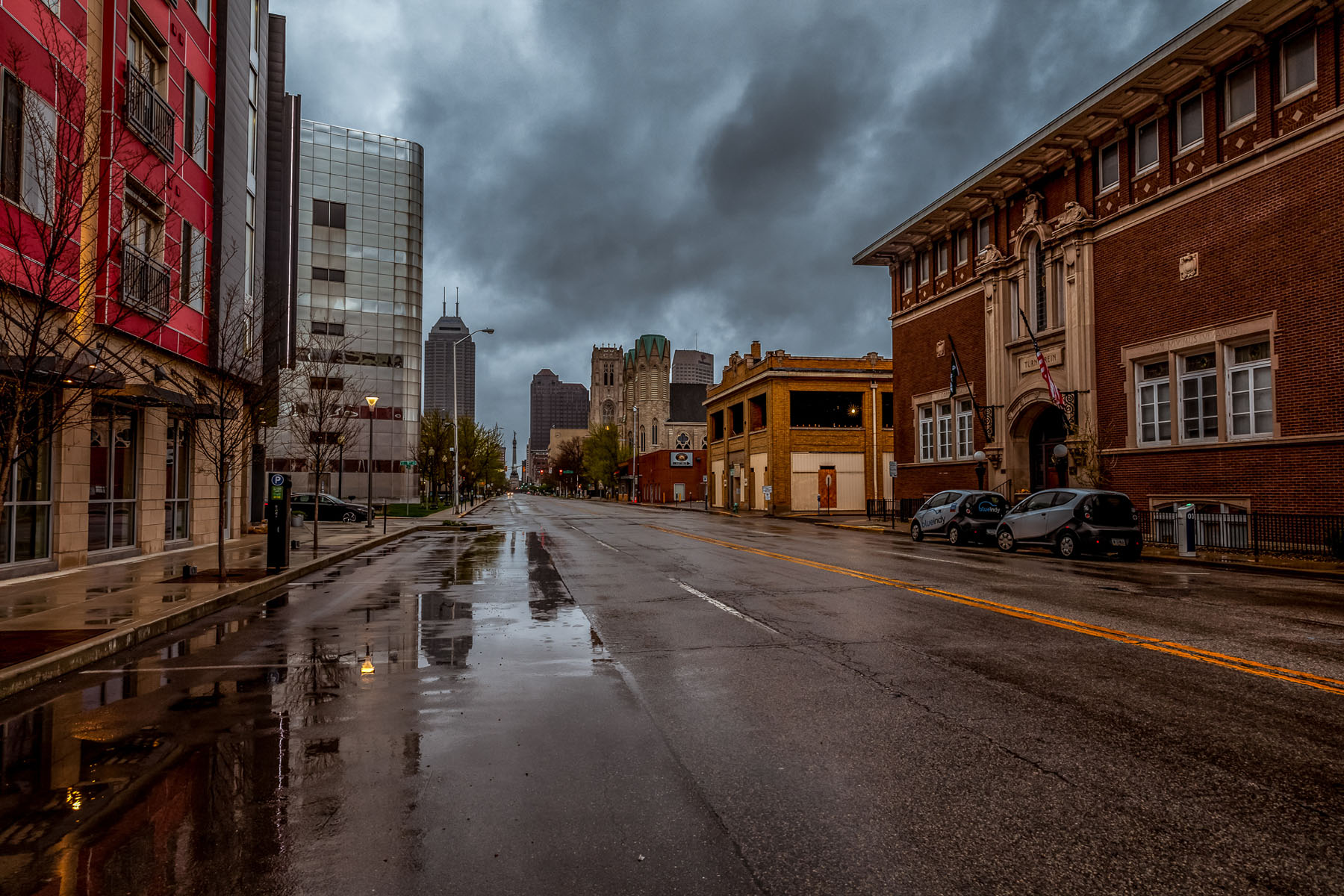
Similarly, both the War and the Lockdowns had/have dubious experts who were/are the faces and drivers of government policy. McNamara and Westmoreland were Vietnam Era counterparts to Fauci, Cuomo and other Lockdown governors. While all these individuals began their period of fame with considerable acclaim and deference based on their overhyped credentials and seemingly authoritative, chart-driven presentations, each has plainly been wrong, and has deservedly been discredited.
During both Vietnam and the Lockdowns, government officials misleadingly used fake statistics to advance their agendas. In Vietnam, enemy body counts were greatly inflated, to overstate military progress. Covid death model/estimates were also wildly exaggerated at the outset, to build panic. Soon thereafter, Covid death tolls were themselves greatly overstated because the federal CARES legislation incentivized hospitals to misleadingly report deaths as Covid-related, and because the PCR tests, upon which diagnoses were made, were wildly inaccurate. Further, the Lockdown-supporting media have alarmedly reported “spiking case” numbers, even though less than one percent of those infected died. During the Vietnam Era, the media asked hard questions and exposed governmental lies. In marked, consequential contrast, the pandemic media was the Democrat Party’s propaganda arm.
In both Vietnam and during the pandemic, the government mistakenly relied on human confinement to eliminate elusive foes. In Vietnam, because agrarian villages provided refuge to Vietcong guerillas, the US military demolished those villages and locked their former residents down in makeshift, barbed wire-fenced “strategic hamlets.” After torching one traditional village, a military officer famously explained, “We had to destroy it to save it.”

Similarly, the Coronavirus Lockdowns isolated people, ostensibly to protect them from each other. In so doing, state government actions have deeply damaged the society these actions were ostensibly designed to save.
Crucially, in both situations, the experts ignored the larger context of the challenges presented, thus causing vast, unnecessary collateral damage. In both situations, governments failed to recognize the limits and costs of intervention.
Specifically, American strategists saw Vietnamese rebellion as a military problem to be combated with ever-intensifying firepower. These strategists failed to apprehend that the insurrection against the South Vietnamese government was driven by that government’s corruption and by the twin desires to reunite North and South Vietnam and to end centuries of domination by a series of invading nations, not by devotion to Communism.
Similarly, Coronaviruses were portrayed as a universally lethal microbial enemies to be wiped out by disinfection, lockdowns, masks, endless tests and, later, vaccines. Lockdown advocates disregarded that most people don’t get infected, that healthy immune systems protect most people. Moreover, natural immunity develops via natural exposure to viruses. As viruses mutate and weaken, this curtails their harm. The virus should, like Vietnamese insurgency, have been addressed with much more humility, and much less aggression.
Most importantly, Lockdown supporters have ignored Coronavirus’s clear demographic risk profile. While nearly all of the distinct minority who died from the virus could have self-quarantined and/or were already not long for this world, everyonewas nevertheless locked down. This was a profoundly disproportionate, destructive response. Just as young men were sent to Vietnam to die and become disabled, by locking down the young in reaction to Coronavirus, decision-makers unjustly and evilly shifted burdens from those who had already lived a long time to a younger generation who had the most vital life to lose.
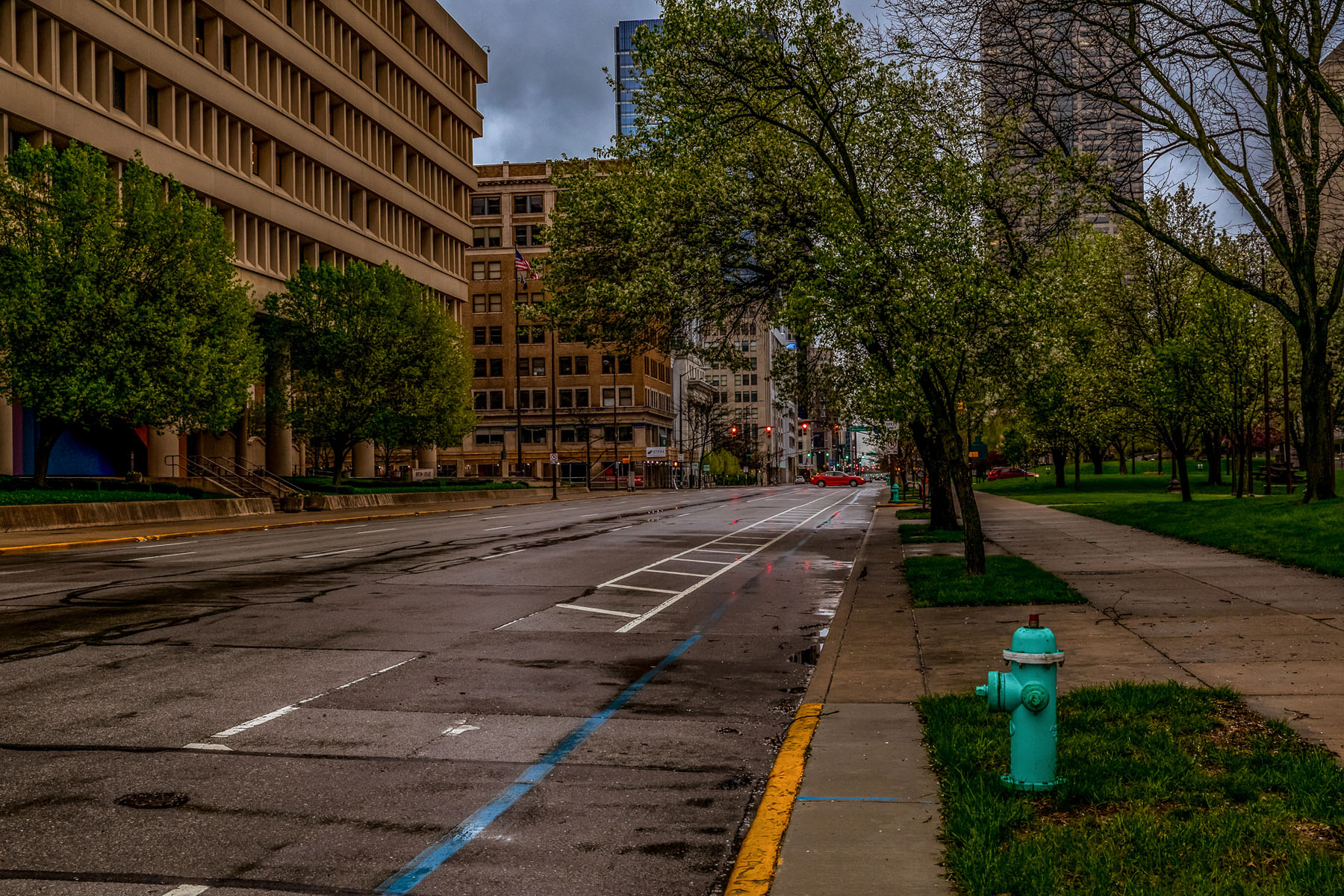
Lockdowners’ assertion that all interventions were worth it “if they just save one life” resembles JFK’s 1961 inaugural commitment to “pay any price and bear any burden” to oppose Communism. It’s easy to voice lofty principles. But striving to fulfill such unrealistic pledges in these parallel situations cost many people dearly.
Just as American’s zero tolerance for Communist expansion into a small, distant nation sought to stop South Vietnam from becoming Communist, the Coronamaniacs’ zero tolerance for natural death during old age (while also failing to protect the old) has been inappropriate. Until Coronamania began, few noticed that 7,452 Americans and 146,400 other humans died every day. Of those infected, over 99.9% of non-old, non-ill will survive.
Similarly, while Vietnam is still ostensibly Communist, hardcore Communism wasn’t sustainable there. Vietnam now operates very much like a capitalistic, export-based economy. Ironically, after doing everything they could to dodge the Vietnam Era draft, hip Americans now vacation there. So, also, would Coronaviruses have run their course without the LMTVs.
In the near term, both Vietnam and the Lockdown created economic winners and losers. Some American companies made fortunes shipping arms or consumer products, or providing infrastructure, to Vietnam. Similarly, while the Lockdowns have ravaged whole sectors of the economy and small businesses, and cost 45 million jobs, some institutions and individuals: news media outlets, Internet retailers, lawyers, Covid-test kit and vaccine makers, shrill, insincere and opportunistic politicians and those receiving government handouts have profited handsomely from the Lockdowns. Many state governments were also bailed out by printed Covid dollars.
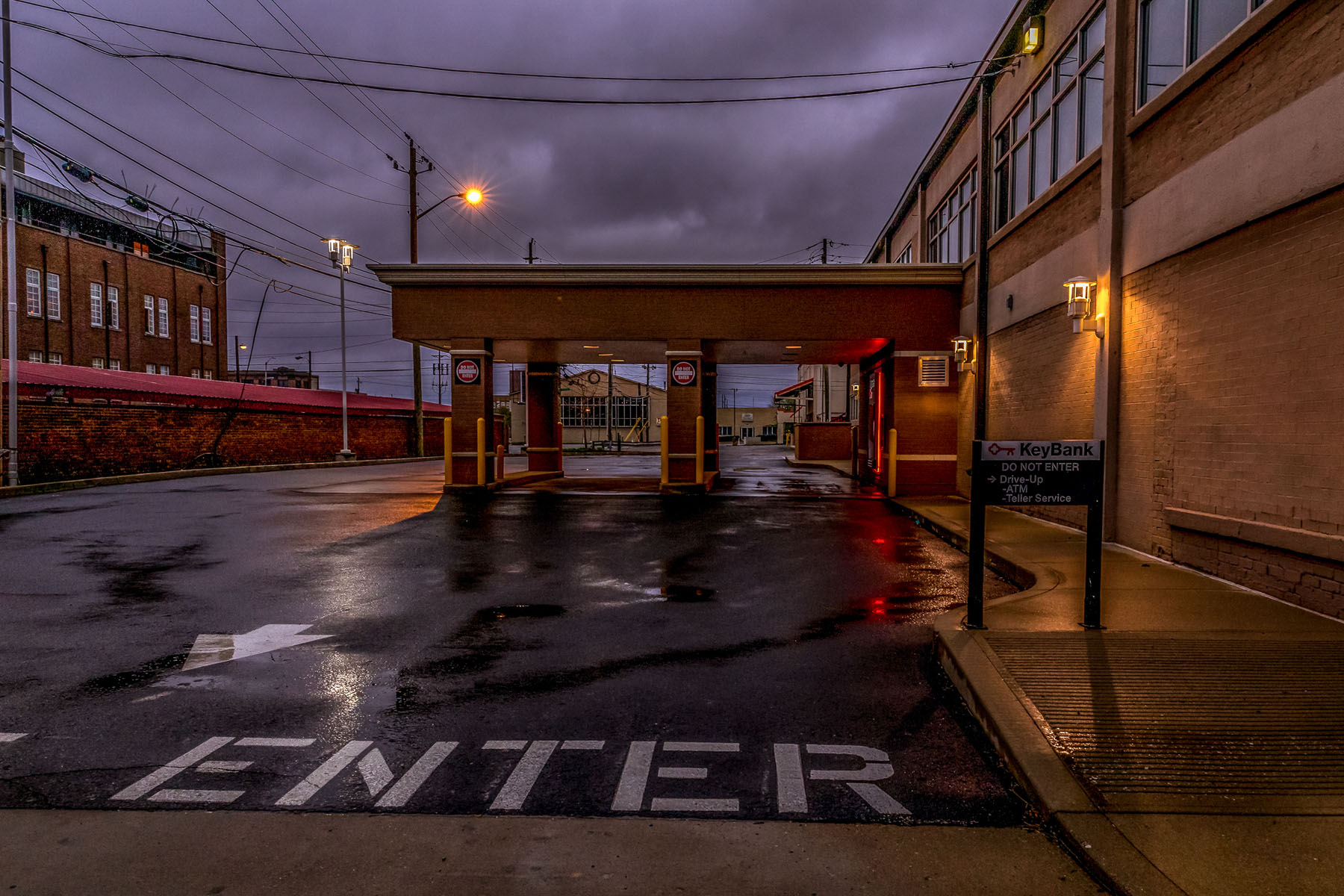
During both the War and the Lockdowns, the more affluent have been insulated from the suffering experienced by those who live hand to mouth. The moneyed pulled strings or paid college tuition to prevent their sons from being shipped to Vietnam. During the Lockdowns, those with guaranteed income and money in the bank didn’t worry about paying rent or buying food.
In both the War and during Coronamania, the government implemented technical solutions that were falsely touted as game-changers. In Vietnam, massive high-altitude bombing missions were supposed to cause the North Vietcong to sue for peace. During Coronamania, the mRNA vaxxes were touted as technological marvels. Both strategies not only plainly failed; each left a legacy of predictable, yet ignored, negative effects. The bombing didn’t oust the invaders; it didn’t even stop the flow of supplies to the Vietcong. Instead, the bombing united and motivated our adversary. Similarly, the vaxx abjectly failed to “stop the spread” and has already been linked to tens of thousands of deaths and serious injuries, with more likely to follow, including disruption of immune function.
During both Vietnam and the Lockdowns, governments also failed to consider the longer-term effects of their drastic interventions. In Vietnam, beyond mass casualties, war legacies included legions of orphans here and left behind there, Agent Orange-driven disease and disability, persistent/pervasive land mines, vilification of veterans, a destabilized Cambodia and the concomitant genocide of two million Cambodians. Many American soldiers came home with PTSD and/or heroin addictions.
Similarly, by causing depression, anxiety, substance use, massive unemployment and street crime, the Lockdowns caused hundreds of thousands of premature deaths. They will also deprive hundreds of millions of people of irreplaceable, community-building life experiences. For example, it has been estimated that, given Coronamania’s economic and social disruption, 500,000 fewer children will be born. That’s probably a fraction of the eventual number.
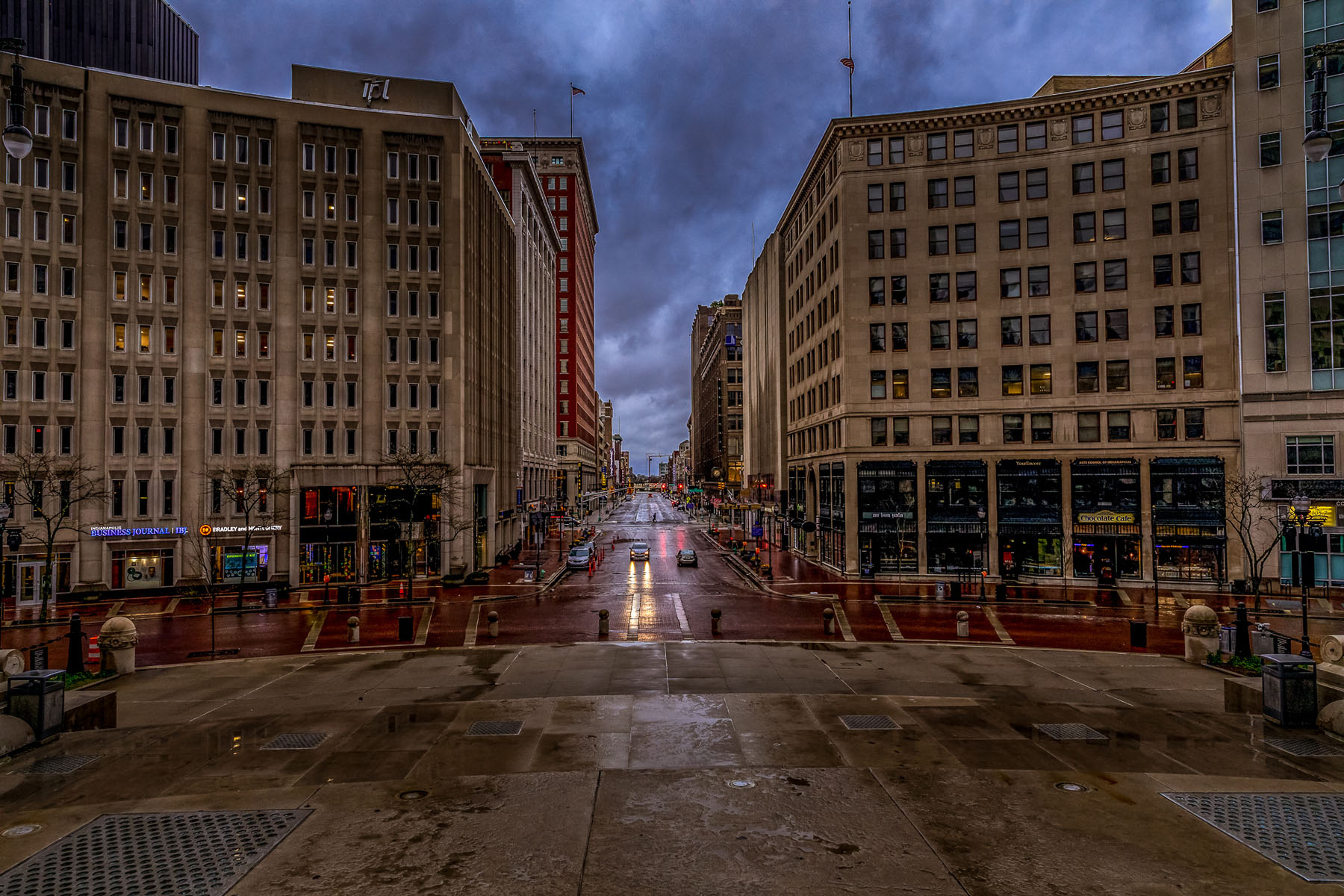
Additionally, during both Vietnam and the Lockdowns, the government printed so much money that it will cause economy-distorting inflation that will stress individuals and families for decades.
Partisan politics strongly tainted both the Vietnam and Coronavirus responses.Democrats escalated military action in Vietnam because they feared that Republicans would marginalize Democrats as “soft on communism.” Similarly, many Republicans wouldn’t stand up to electorally opportunistic Democrats regarding the Lockdown for fear of being branded “grandma killers.” Without Democrats seeking to trash the economy to undermine Trump, or the media fueling fear through sensationalistic news coverage, reason might have prevailed and a much more measured strategy could have applied. Vietnam feels like a series of Democrat miscalculations. The Corona overreaction feels like a Democrat political scheme.
Regardless, in Vietnam-weary and riot-riddled 1968, LBJ opted not to seek reelection. Distressed 1968 America replaced him with a deeply flawed, derisively-nicknamed former Vice President, whose handlers marketed him as a healer with a secret plan to end the war. He was later disgraced while in office.
Presidential history might repeat itself in the pandemic Era. Tricky Dick Nixon had no “secret plan” to end the War and it dragged on, though less intensively, as casualties mounted. Sleepy Joe Biden also lied about his secret plan and vaguely sought some form of Covid “Peace with Honor.” Biden’s “war” against a series of viruses anticlimactically dragged on, as a separately-sourced, dishonesty-driven scandal closed in around him, as it did around Nixon.
Fighting bravely, but against the tide of Vietnamese sentiment, America gradually withdrew its troops. Saigon fell to the Vietcong and North Vietnam in 1975, officially making senseless the extreme sacrifices of so many young American men. Coronamania has also fallen fell off the front pages, but without a closing ceremony resembling the War’s January 1973 Peace Agreement. Deprived of a sense of accomplishment, no one danced in the streets in either instance.
Eventually, a consensus will emerge that the Coronavirus response was, like the Vietnam War, a colossal, politically-driven, panic-driven, intergenerationally unjust, deeply destructive overreaction that caused far more harm than they prevented.Often—and certainly regarding both Vietnam and Coronavirus—treading lightly would have been far better than intervening so aggressively and foolishly. Far less would have been far more.
And many Americans will come to resemble Peter on Good Friday, repeatedly and falsely denying that they were part of the mob that enthusiastically supported the Corona craziness.
Mark Oshinskie is an attorney, athlete, artist, agricultor, and advocate.
This story was originally published by The Brownstone Institute, one of the world’s leading academic centres attempting to throw light on these dark times.
Images are from Indianapolis photographer Callie Zimmerman and were originally published in the magazine Pattern.
You can see more of her work at her website: https://www.callietaylorphotography.com/
You can see the original piece The Desolate City here:

